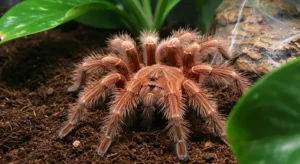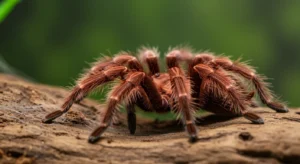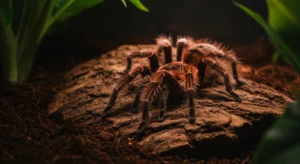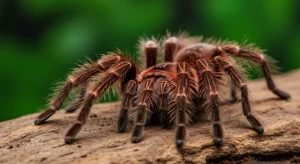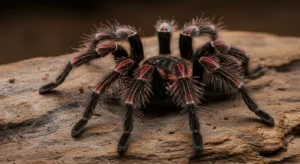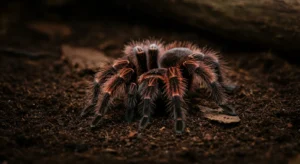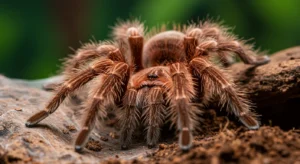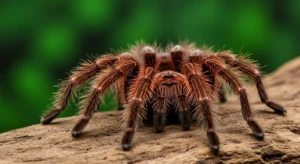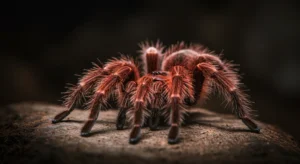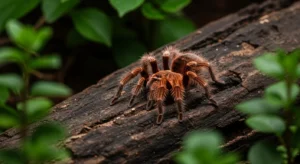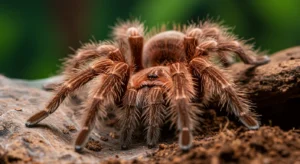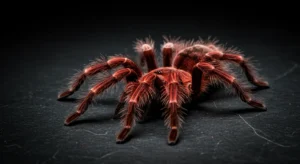The Role of Water in a Chilean Rose Tarantula’s Life: Hydration Essentials
Introduction: More Than Just a Drink
While Chilean Rose Tarantulas (Grammostola rosea) are adapted to arid environments and primarily obtain moisture from their prey, consistent access to fresh water is a non-negotiable aspect of their captive care. Water plays several crucial roles beyond simple drinking, impacting their health, molting success, and overall well-being. Understanding the importance of hydration is fundamental for responsible keeping.
Why Water is Essential
Water serves multiple vital functions for a tarantula:
- Hydration: Like all animals, tarantulas require water for basic metabolic processes. Dehydration can quickly lead to lethargy, health decline, and death.
- Hemolymph Pressure: Tarantulas use hydraulic pressure in their limbs to move. Hemolymph, their “blood,” is primarily water. Maintaining proper hydration is essential for mobility.
- Molting Aid: Successful molting (ecdysis) relies heavily on the tarantula being well-hydrated. Proper hydration helps maintain the internal pressure needed to break free from the old exoskeleton. Dehydration is a major cause of molting complications.
- Humidity Regulation: An open water source contributes significantly to the ambient humidity within the enclosure, which is also crucial for respiratory health and molting.
The tarantula water dish importance cannot be overstated for long-term health.

Providing Water: The Dish Method
The most effective and recommended way to provide water for juvenile and adult Chilean Rose Tarantulas is through a water dish.
- Dish Type: Use a shallow, wide, and stable dish. Ceramic or heavy plastic dishes are ideal as they are less likely to be tipped over or buried. Jar lids or plastic bottle caps can work for smaller juveniles.
- Depth: The dish must be shallow enough that the tarantula can easily climb out if it falls in. For adults, a depth of 0.5 to 1 inch is usually sufficient.
- No Sponges or Gels: Avoid using sponges, cotton balls, or water gels in the dish. These offer no benefit, quickly harbor bacteria, and can pose a hazard to the tarantula. They are outdated practices often discouraged by experienced keepers and organizations like the American Tarantula Society.
- Placement: Place the dish on the substrate surface, ideally in a corner away from where the tarantula typically webs or burrows, to minimize burial.
- Maintenance: Keep the water dish clean and filled with fresh water at all times. Change the water every 1-3 days or sooner if it becomes fouled with substrate or prey remains. Clean the dish regularly with hot water and mild soap (rinse thoroughly) or a reptile-safe disinfectant.
Humidity Contribution
Beyond drinking, the water dish is the primary source of ambient humidity in a Chilean Rose enclosure. Evaporation from the dish helps maintain the recommended 60-70% relative humidity, crucial for respiratory function and molting. This passive humidity source is generally safer and more stable than frequent misting for this species.
Water Source and Quality
Regular tap water is usually acceptable for tarantulas, provided it’s safe for human consumption. If your tap water is heavily chlorinated, letting it sit out for 24 hours can allow the chlorine to dissipate. Alternatively, dechlorinated water or bottled spring water can be used. Avoid distilled water, as it lacks essential minerals.
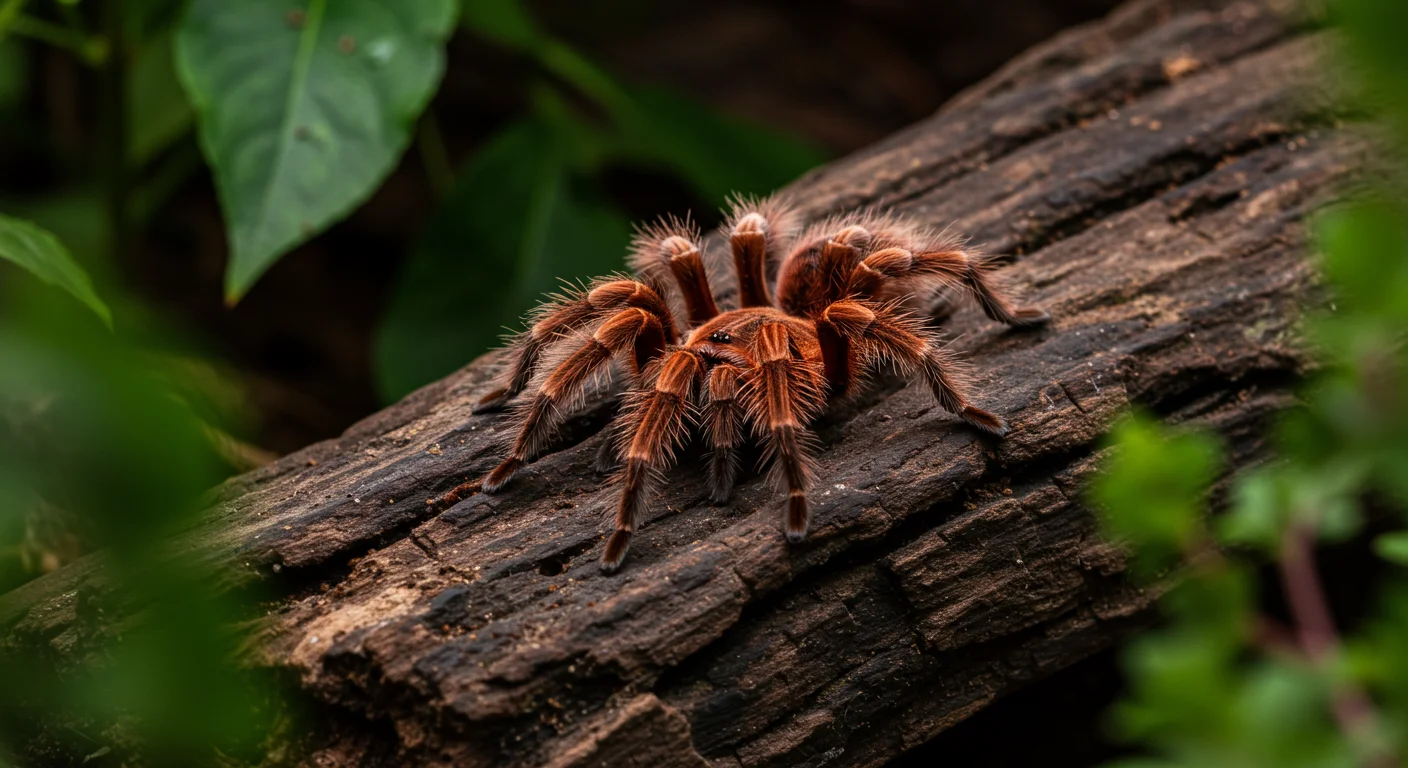
Special Considerations for Slings
Tiny spiderlings (slings) can potentially drown even in shallow bottle caps. For very small slings:
- Use extremely shallow caps (like those from small water bottles).
- Alternatively, gently drip water onto the substrate or the side of the enclosure 1-2 times a week. The sling will drink the droplets.
- Ensure the substrate never becomes waterlogged, just slightly damp in one area.
Consistent access to clean water is a cornerstone of basic husbandry for Chilean Rose Tarantulas at all life stages.
Conclusion: Water is Vital
Water is indispensable for the health and survival of your Chilean Rose Tarantula. Providing a clean, shallow, constantly available water dish is essential for hydration, mobility, successful molting, and maintaining appropriate enclosure humidity. Never underestimate the importance of this fundamental requirement in ensuring a long and healthy life for your arachnid pet.
Husbandry principles align with general guidance found in resources associated with the American Tarantula Society.

